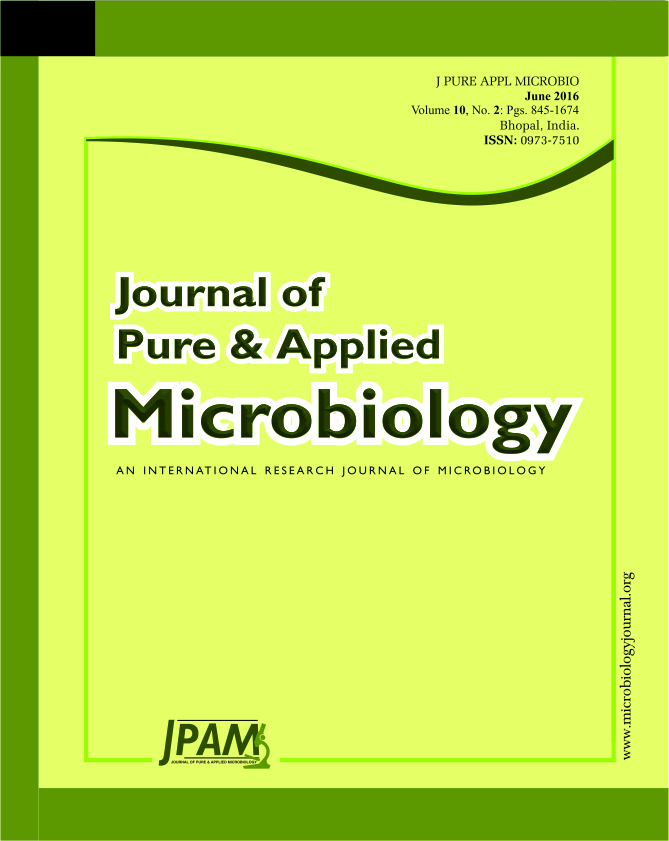A field experiment was conducted during 2014-15 to investigate the Effect of integrated nutrient management (INM) on soil properties and performance of rice crop (Oryza sativa L.). The treatments were Control ( T1) , 50%NPK through inorganic fertilizer+50% N through FYM (T2), 50% NPK through inorganic fertilizer( T3), 75% NPK through inorganic fertilizer + 25 % N through FYM ( T4), 75% NPK through inorganic fertilizer( T5) and 100% NPK through inorganic fertilizer( T6). Application of 50%NPK through inorganic fertilizer+50% N through FYM recorded significantly higher organic carbon content, available N, P, K, S and soil physical properties as well as higher growth rate in terms of plant height, number of tillers and also yield as compared to other treatments. Effect of 50%NPK through inorganic fertilizer+50% N through FYM on availability of nutrients and growth and yield of rice was significantly superior. Integration of organic and inorganic fertilizers increased soil available nutrients (N, P, K and S) status in comparision to chemical fertilizer alone. Application of 2 50%NPK through inorganic fertilizer+50% N through FYM recorded significantly higher nutrients (N,P,K,S) uptake by crop as compared to other treatments.
Integrated nutrient system, Nutrients uptake, Rice, FYM, Soil properties, Growth, Yield.
© The Author(s) 2016. Open Access. This article is distributed under the terms of the Creative Commons Attribution 4.0 International License which permits unrestricted use, sharing, distribution, and reproduction in any medium, provided you give appropriate credit to the original author(s) and the source, provide a link to the Creative Commons license, and indicate if changes were made.


